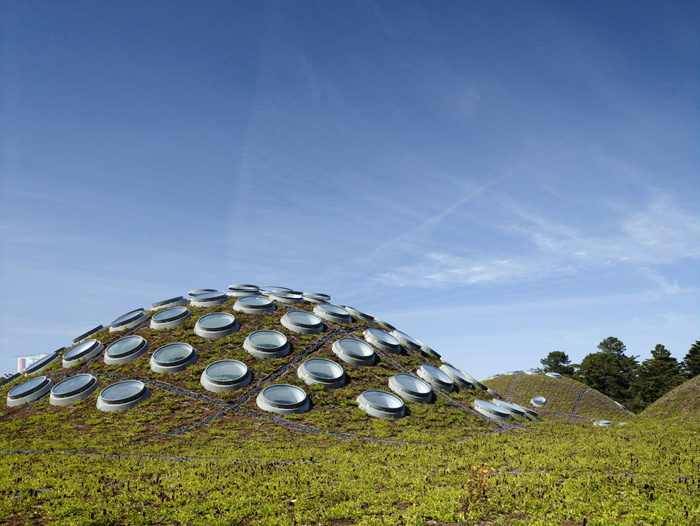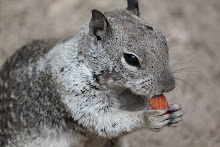
As a realist, representational painter, Thiebaud’s signature images of cakes, hot dogs, and lipsticks, exemplify the importance of scale. Thiebaud discussed the concept of size and it’s relationship to scale as one of the challenges he faces in his creative process. Baker helped to shape the conversation, as he inquired about Thiebaud’s dependence on the subject, meaning whether he worked from memory, or direct observation. In response, Thiebaud revealed that for his paintings of lipstick and shoes, he worked from memory, building on conventions he learned during his time as an advertising art director. Also, his famous cakes and other food shapes were made from memory. A favorite quote from the conversation was his description of the cakes, in which he says, you just “make a circle, get out a spatula and ice the cake with paint.” Listening to these words spoken by the creator of an iconic painting (that I have admired for years), is incredibly insightful. He even revealed his daily routine, in which he wakes up early in the morning to paint, breaks for tennis and lunch with his wife, and then back to painting. The nature of his schedule speaks to his commitment as an artist, and how he enjoys making these perfect little worlds, which he refers to as a “privilege” to do everyday.

Baker addressed the idea that every really good painting should have a drop of poison in it, with the artist making the most beautiful thing he can and hoping there’s a tiny flaw in it. Thiebaud’s feeling on this concept is that there has to be contrast, meaning something a bit off, or strange about the painting. If the painting is too sweet, there’s not enough salt in it. More specifically, this idea transitioned into a dialogue about “Night City,” one from his series of paintings of San Francisco that depict the concept that cities strive to be more than they are. This work points to the way Thiebaud uses color and scale to work with the content information in the painting. By including intense light and dark colors, he plays up the dirtiness of a city. Using architecture and pavement in the painting, Thiebaud addresses the ambition and craziness of putting a big building on such little earth, juxtaposed by the marvelous joy of surrendering to a city. After this portion of the discussion, Thiebaud trotted out my other favorite quote of the day, “I’m in the oil business.”

After spending roughly an hour with an artist whom I hold in very high regard, I feel somehow closer to Thiebaud’s work, having been exposed to his sharpness and charming presence. At ninety years old, it was an absolute pleasure to listen to him speak, to put a face to his incredible artworks, and to witness a candid discussion about the challenges and successes during his 70 years of painting.













































